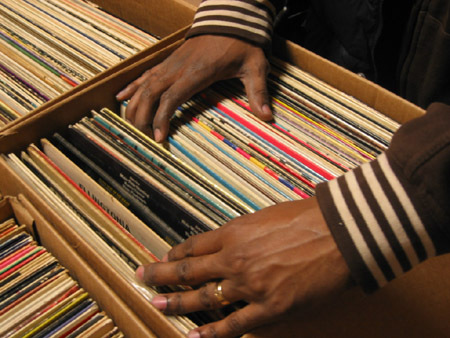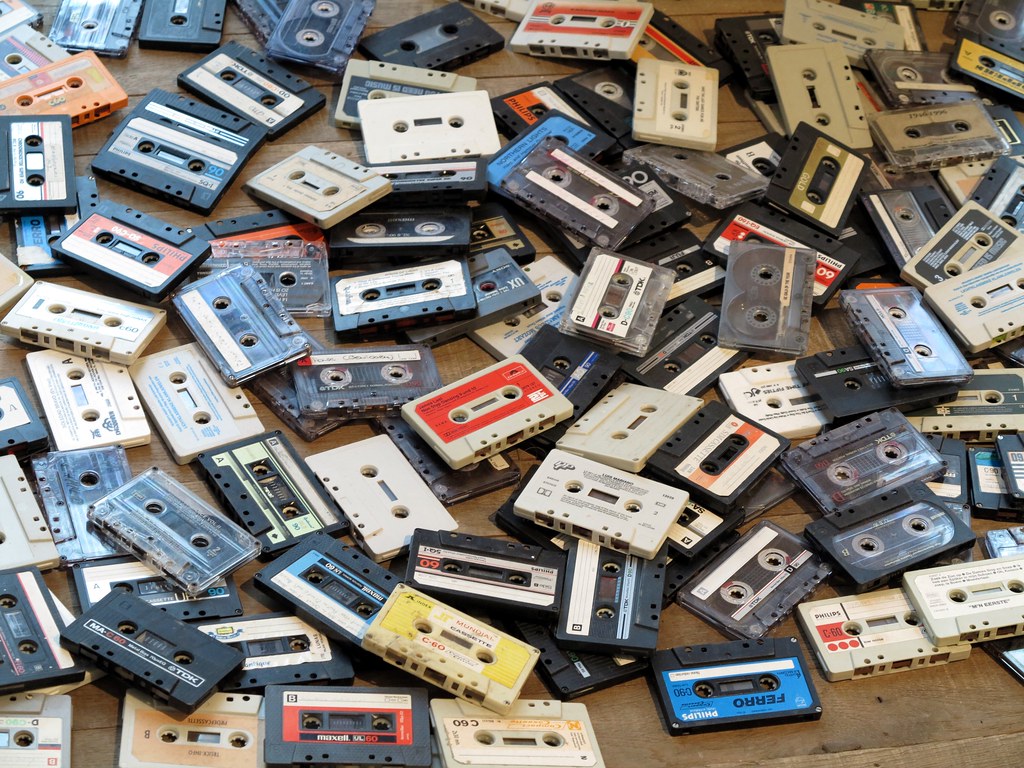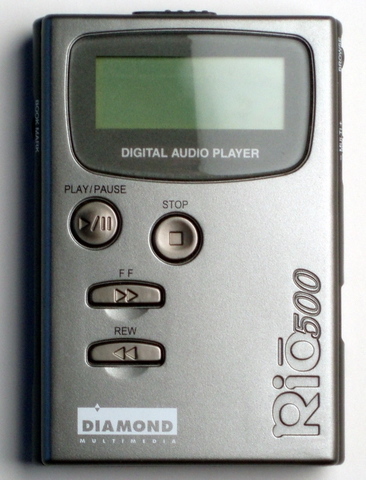・゚・A GUIDE TO THE 90s ★・゚・
 home | about | fun stuff | links | misc ・゚・
home | about | fun stuff | links | misc ・゚・
A SHORT INTRO TO MY SITE
WASSUP guys!!!! It's your dude Tyler and his first-ever webpage @ our WebHost Geocities! A big thanks to our inventor of the World Wide Web to Realize this boy's dream of becoming a blogger. Thanks to Tim Berner’s Lee, this Microsoft’s Windows 3.1, my boys, and my mama, for raising a house of rugrats. Now, before I get all the credits finished rolling let's get to the meat and potatoes.
So I reckon this site is going to be your typical site with some music commentary, some informative content (in areas of music production and recording formats), maybe a catalog of music ranked in my humble opinion, and the knick-knacks around my place. For now, that’s a short term vision of what’s going to be of this site, for those who would like to stay and keep updated, a big welcome :)
★ . ★・゚ ★ . ・ ★ ★ ・゚ ★・ . ・゚
So today, we will get into some of the converted technologies of the 2nd half of the 20th century, exploring music recording formats and their subsequent effect on music production, dissemination, and consumerism. (・_・ヾ
From Disks to Digital:
Physical music formats have evolved my friends. And each little era—from vinyl to cassette tapes to floppy disks, gives off a warm nostalgic sentiment deeply entwined with the appreciation of the music itself. Hunting for vinyl records can be such a thrilling avocation, at times rewarding when you get to witness your growing collection, but always always great satisfaction to a collector’s itch… The fun doubles when you can share this vinyl collecting with a network of passionate, like-minded people.(^・ω・^✿)

Records!!!
Records have been around since the early 1900s, the earlier ones made of shellac (which soon became replaced by vinyl due to their fragility) are characterized by a 78 RPM (Revolutions per Minute) rotation speed. The type of vinyl record is determined by its RPM and diameter with the 12-inch LP (long play), capable of holding a full-length album at 33RPM, and the 7-inch EP (extended play), lasting around 5min to a 45 RPM. However, one man’s treasure may very well be another man’s trash; the music industry thought vinyl to be largely inefficient in size and portability, therefore replacing them with the new compact cassette tape.

Cassette Tapes!!!
Invented by the Philips company in 1963, these compact, reel-to-reel audio tapes were initially NOT intended for mass-market consumption, but their popularity peaked with the Beatle’s “Hey Jude” 1968, marking one of the best selling albums on cassette tape. (That's the hype I’m talking about). Following suit were The Rolling Stones, The Smiths, and Queen, all leaving their imprints of rock music as electromagnetic signals read from a ferric oxide covered tape. I feel the need to comment on the reception of cassette tapes, after all I’ve Been there Done that (back when rock was a modality of life) Once, I was that deadbeat teen in an alternative community. To us then, rock was the fanatical devotion, a faith of some kind, directing our walk (and our inseparable Sony Walkmen’s), talk, and dress. Me and the boys would be hanging out in a truck after school, you know the usual jerking around, but we Always made a statement in everything we did. We would parade down the neighborhood streets with our I'm-on-top-of-the-world smirks, blasting music through the boombox. To the neighbors, it sounded of What are Those No-good Punks Up To This Time? Trust me, I do shake my head upon those days. Speaking of cars though, mobile playback systems and formats were a Hot Concept then, and cars installed stereo cassette players.

8-Track Tape!!!
Anyways, after the cassette, there was the 8-track tape, albeit not as popular as the cassette. This invention was possible to the collaborative effort of an unlikely trio... RCA Records, Lear Jet Company, and Ampex Magnetic Tape Company. And well, this Lear dude who previously manufactured private luxury aircrafts seems to have redirected his interests into designing cartridges for the 8-track tapes. Much of the 8-track tape's popularization was due to Ford Motor's installment of 8-track players in 1966.

Floppy Disks!!!
Then comes the floppy disk, and as wacky as its name might seem, they were quite a niche, never truly adopted into the mainstream. However, these diskettes foreshadow a trend that will soon explode.

Compact Disks!!!
From 1982 onward, compact discs enjoyed an era of prosperity. Another ingenious idea Philips suggested (same as the Philips cassette tape company )was the idea of CDs; meanwhile, Sony was also putting together a prototype demo in 1976. In 1982 the two companies formed a partnership, officially launching the CD in a viable format. With CDs, came portable CD players, CD-ROM drives, and writable CDs.The first album pressed into CD format was ABBA’s The Visitors, but the first to be released was Billy Joel’s 52nd Street. And unsurprisingly, with CDs being the compact, high audio quality, inexpensive record form, the music industry made them the de facto release format.

MP3?!!
Now. Not just finished. Our 90s is the embracive era of transition from analog to digital, and this digital era is making its way, BIG. (I can feel it coming. I have quite a keen sixth sense compared to my male peers) As we all noticed, the awfully convenient (too convenient I would argue) inventions of Computers and MP3s, are bringing the unimaginable imaginable, and the imaginable real. But there's something uncanny about being able to tuck in all your lifetime music records into a little folder on your computer, translated into binary digital code that only computers understand? Quite Perplexing if you ask me. Although this site has given me this wonderful experience all until now, cautionary tales of science fiction have taught me this much if any: I'm giving it the benefit of the doubt.

Who knows what will happen with such unrestrained freedom and growing accessibility? It's not like piracy hasn’t been made easier with the advent of cassette tapes… With the convenience of digital files, peer sharing is inevitable.
Until next time.
